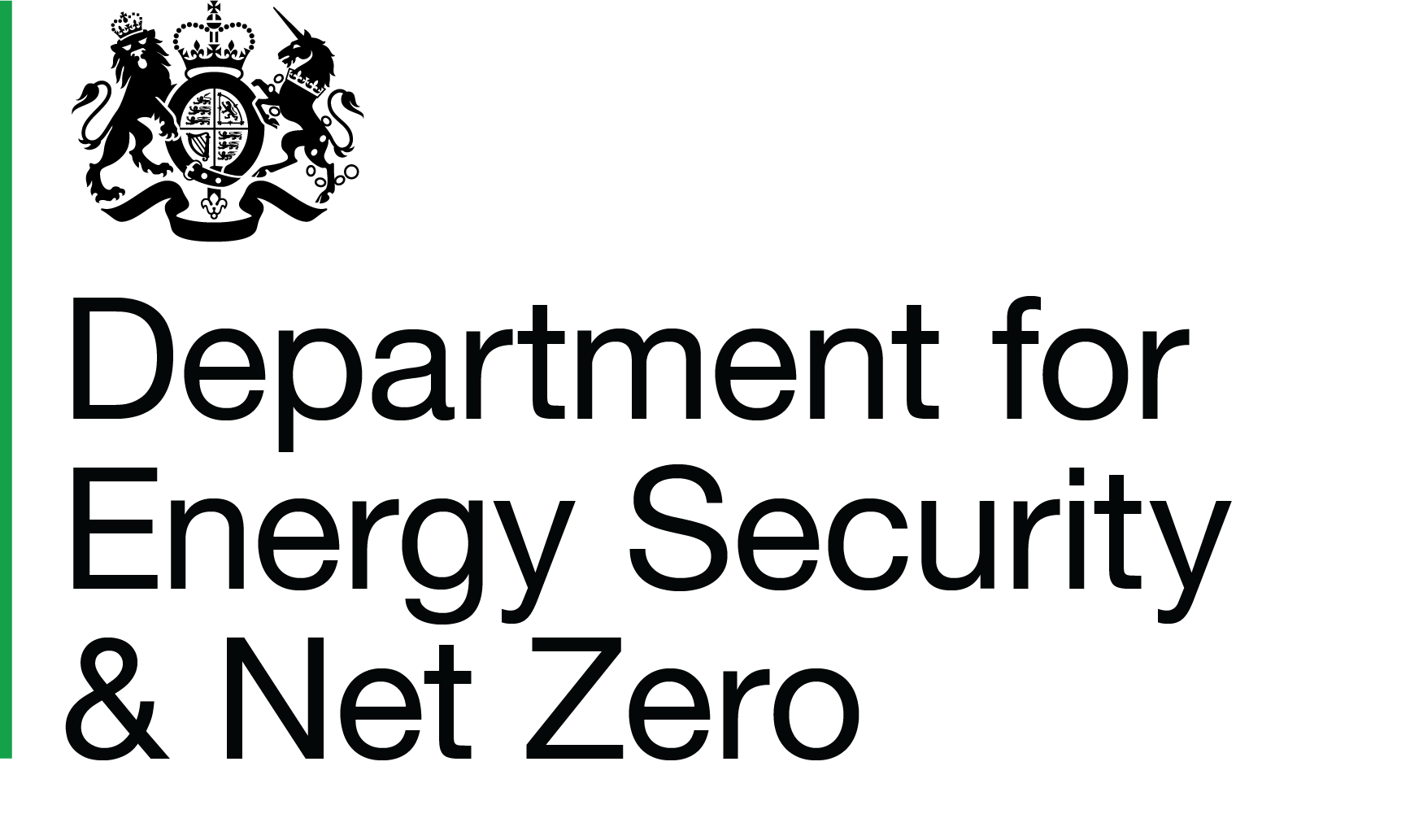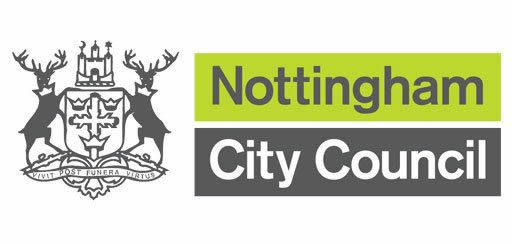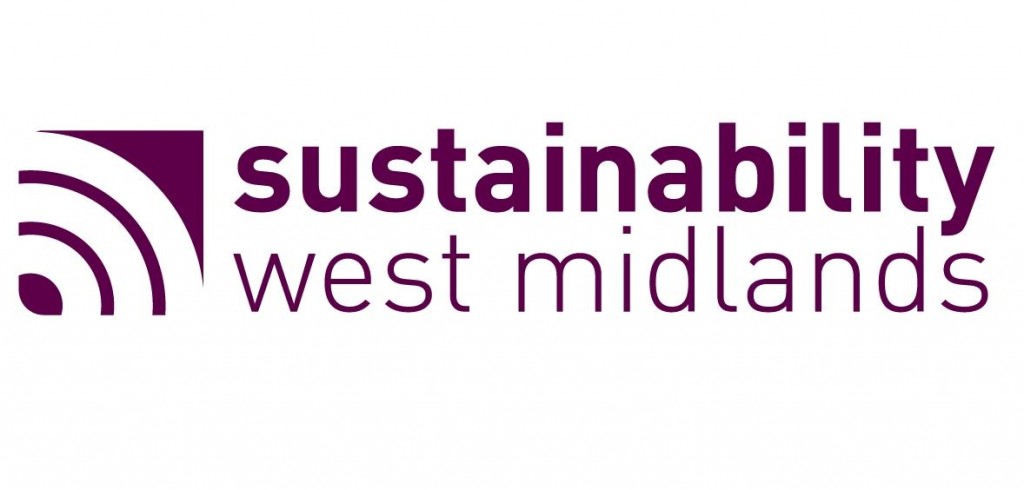Lutterworth Rugby Club
The Story
The site is of some 10 acres. There is opportunity for roof solar panels on both flat and pitched roofs– the building aspect is East South East and West North West. The site has a 70 KVA connection to the grid within its boundary.
The club needs to expand its land area by a least 4.5 acres.
Therefore we wish to evaluate the following technologies all integrated:
1. Solar PV on the roof for electricity generation for the clubhouse, hot water provision and export the excess to the grid in conjunction with Battery technology for Hot water (showers 8 changing rooms) plus optimum export revenue.
2. Ground source heating for the building and potentially hot water, reversable for cooling
3. Optimum use of glass technology on the 1st floor to maximise solar gain in the winter and reduce solar gain in the summer to minimise the need for cooling. (consider a reverse cycle heat pump)

Challenges and Risks
Due to most of the energy demand coming later in the day when solar generation is diminished and the use of the 13 x 2kW floodlights being a big consumer, a battery storage system to support the solar PV generation would be required to supply the site during the evenings.
The opportunity for the introduction of renewable energy sources to the club do exist but are hampered economically by the scale of the club and its “normal” hours of operation.
Lessons learned
The rugby club does not operate as a rugby club all year round although the facilities are open out of season. The hot water requirement is focused on playing and training days and is intense for a short period of time. This means that a heat pump system would need to be sized larger than if it was covering a consistent requirement.
It may also be necessary to support the water heating system with and electric heating element. If solar PV is installed, the electric heating element energy requirement could be met by the renewable energy generated by the solar panels.
Key facts and figures
Community benefits
The scheme is vital to keeping the club open due to rising energy costs causing issues for the self-funded club.












